Trail bikes are designed to be versatile and offer the widest range of uses. From your quick home trail lap, maximum fun on flow trails to super efficient climbing, they’re designed to do it all. We compared nine affordable models. Given how much is demanded of a trail bike, is this the right place to be looking for a bargain?

Reality check: where do you ride and what kind of bike do you really need?
Before you buy a new, or even your first mountain bike, you should first be clear about what you actually want to do with it. If you head to the bike park every weekend and almost always use the lift or a shuttle to get to the top, the bikes in this group are not for you. Instead you should read our group test of 9 enduro bikes up to € 3,500. But if you like to go on long rides, your home trails are a constant mix of up- and downhill and you value climbing efficiency as much as having fun on the descents, then this group test is just what you’re looking for.
Table of contents
- The test fleet
- Where did we test?
- The most exciting insights
- The best trail bike under € 3,200
- More exciting options and the one disappointment

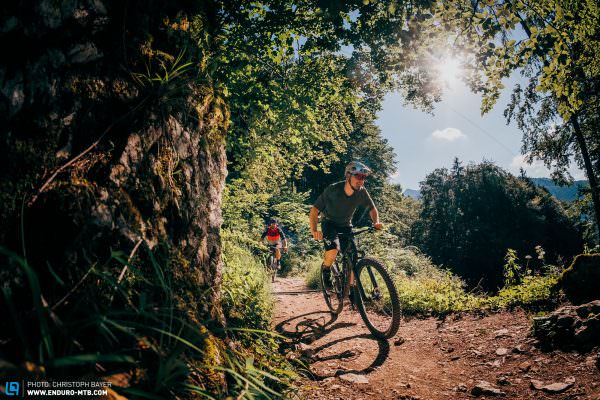


The trail bikes in this group test
Can you get a decent new bike for as little as € 2,239? Does more travel automatically mean more margin for error and better downhill performance? Do light bikes automatically climb better? We’ll answer all of these and many other questions with this test. For the group test, we included nine very different trail bikes with travel ranging between 115–150 mm and prices from € 2,239 to € 3,199. All models in this test come with 29″ wheels, 1x drivetrains and fortunately, all of them have a dropper post. Their weight varies by around 1 kg between 13.7–14.68 kg.
| Bike | Price | Weight | Travel f/r | Wheelsize |
|---|---|---|---|---|
| Canyon Neuron AL 7.0 (Click for review) |
€ 2,239 | 14.36 kg | 130/130 mm | 29″ |
| FOCUS JAM 6.8 NINE (Click for review) |
€ 2,699 | 14.40 kg | 140/140 mm | 29″ |
| GIANT Trance 29 1 (Click for review) |
€ 2,999 | 13.72 kg | 130/115 mm | 29″ |
| MERIDA ONE-TWENTY 9.700 (Click for review) |
€ 2,999 | 14.36 kg | 130/120 mm | 29″ |
| ROSE GROUND CONTROL 3 (Click for review) |
€ 2,499 | 13.70 kg | 120/120 mm | 29″ |
| SCOTT Genius 950 (Click for review) |
€ 2,999 | 14.60 kg | 150/150 mm | 29″ |
| Specialized Stumpjumper ST COMP (Click for review) |
€ 3,099 | 14.68 kg | 130/120 mm | 29″ |
| Trek Fuel EX 8 XT (Click for review) |
€ 3,199 | 14.18 kg | 140/130 mm | 29″ |
| YT IZZO COMP (Click for review) |
€ 2,999 | 13.80 kg | 130/130 mm | 29″ |
| Ø € 2,859 | Ø 14.20 kg |
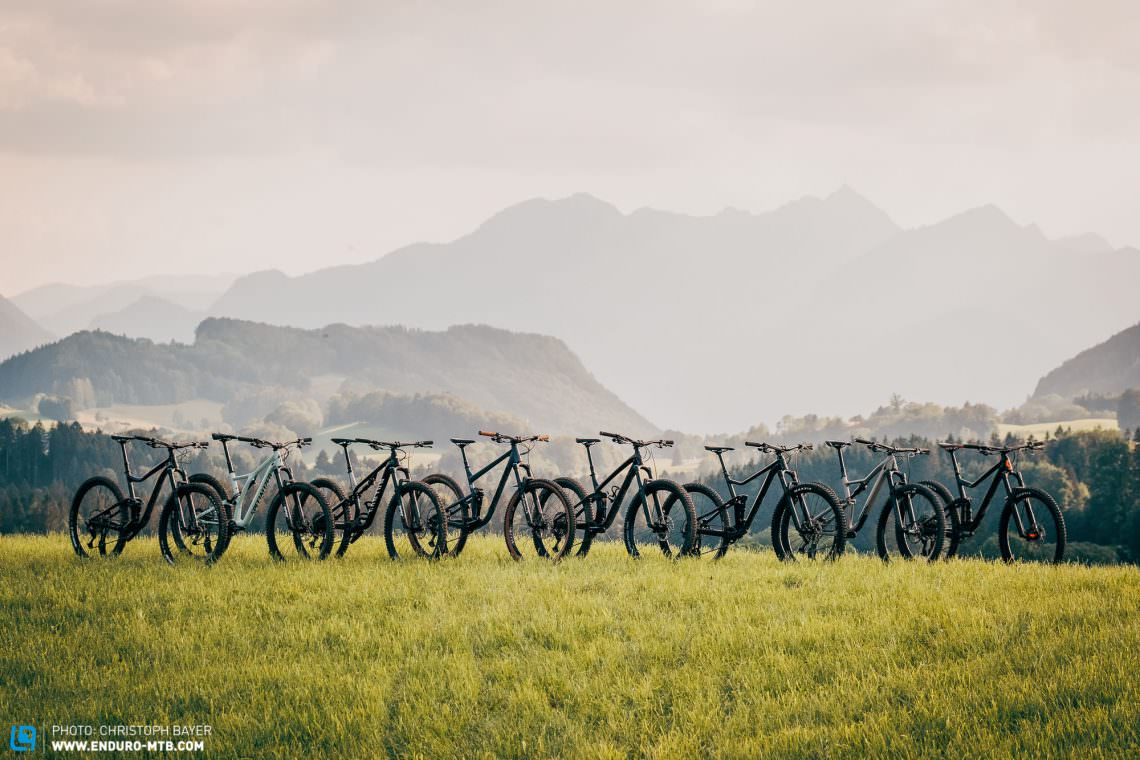
How did we choose the bikes for the test field and why isn’t brand X included?
As always, we primarily chose the bikes based on your interest and feedback from our reader survey. We also included a few wildcards such as the ROSE GROUND CONTROL and MERIDA ONE-TWENTY, which we think are super exciting bikes. As usual, some manufacturers we contacted, including COMMENCAL, CUBE and RADON, were either unable or unwilling to supply a test bike.


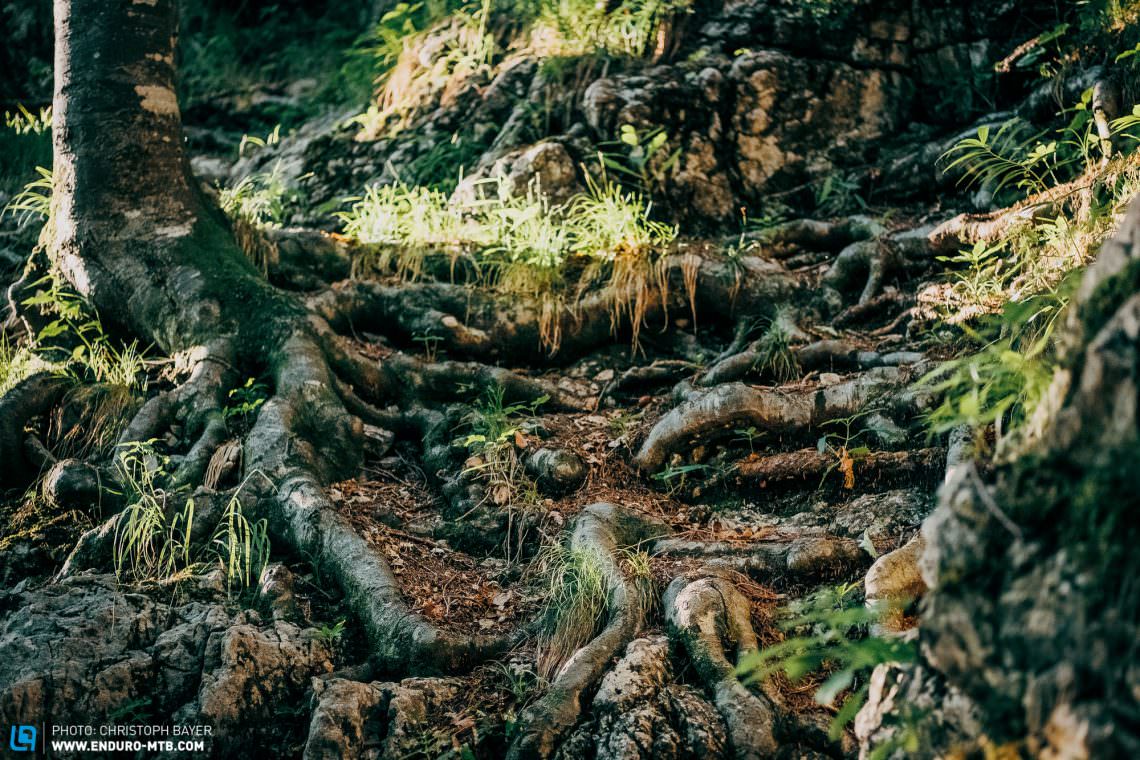
Who tested the bikes? Where and how were they tested?
When you’re reviewing trail bikes and want to assess their climbing performance, there’s no point in just testing them on shuttle runs. That’s why we put all the bikes to the test on the trails around our Alpine office in Chiemgau. We also put the bikes through their paces in a head to head comparison in the Samerberg bike park. The trails there are very varied, offering a good mix of natural terrain, different kinds of corners and a few jumps.
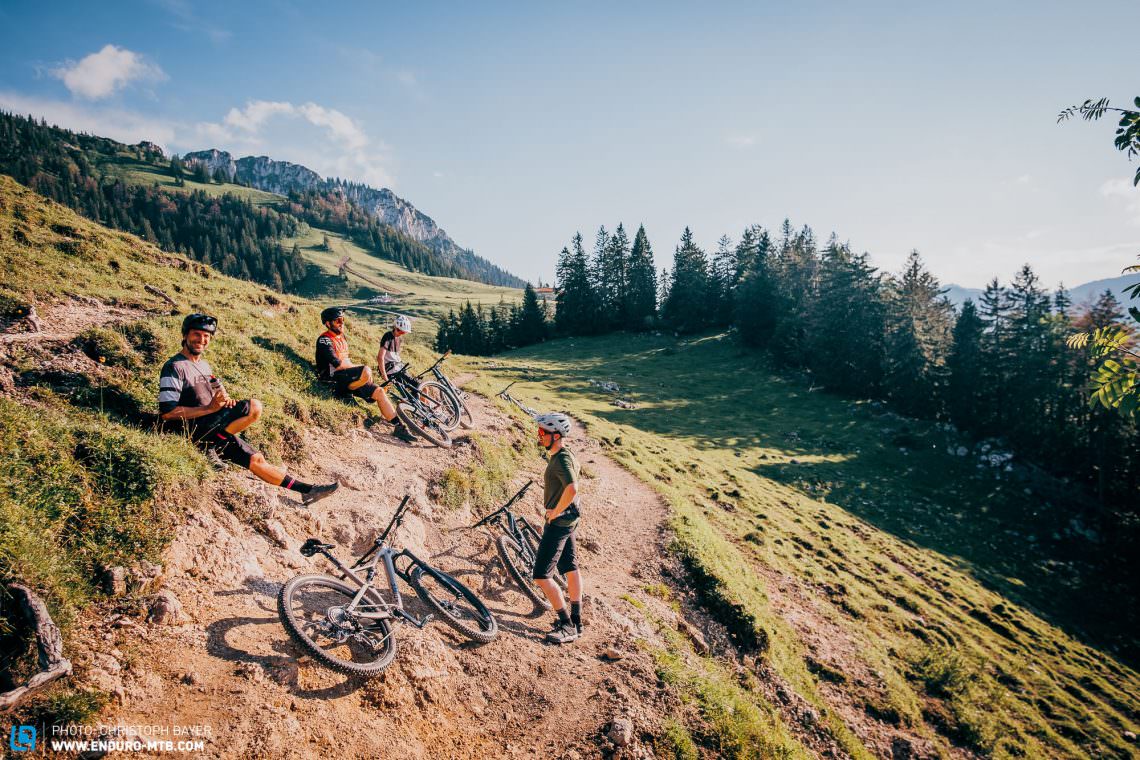


As usual at ENDURO, the bikes weren’t just tested and assessed by a single rider, but by several riders with different skill levels and preferences. That allows everyone to come together at the end to compare their findings. Fun fact: at every test we do, we ultimately all agree on the test winner.

For me, the best trail bike is all about compromise. It doesn’t have to be perfect in every situation, but it has to perform well in every situation. It is the one bike for everything that you can climb on board and know you’ll always have the right bike for the job.

Full throttle action isn’t my thing – I like going easy on the climbs and descents and want a bike that allows me to take my skills to the next level. Intuitive and predictable handling is essential for this.

Fast, direct and anything but gentle – that’s probably the best way to describe my riding style. I want a bike that motivates me to ride even faster and that doesn’t reach its limits too quickly.

I don’t talk about my age any more than I do about the weight of my bikes – to be honest, neither of those values matter in themselves anyway. I ride my bike whenever possible, and that’s quite often. In addition to capable suspension, comfort is crucial.

Usually, I always ride the same bike. This test presented the perfect opportunity to compare several bikes head to head and the differences are huge.
The most exciting insights from this group test
Group tests aren’t only ideal for comparing several bikes head to head, they also lend themselves well to analysing current trends and developments. As always, this group test also offered some exciting findings that we’d like to share with you.
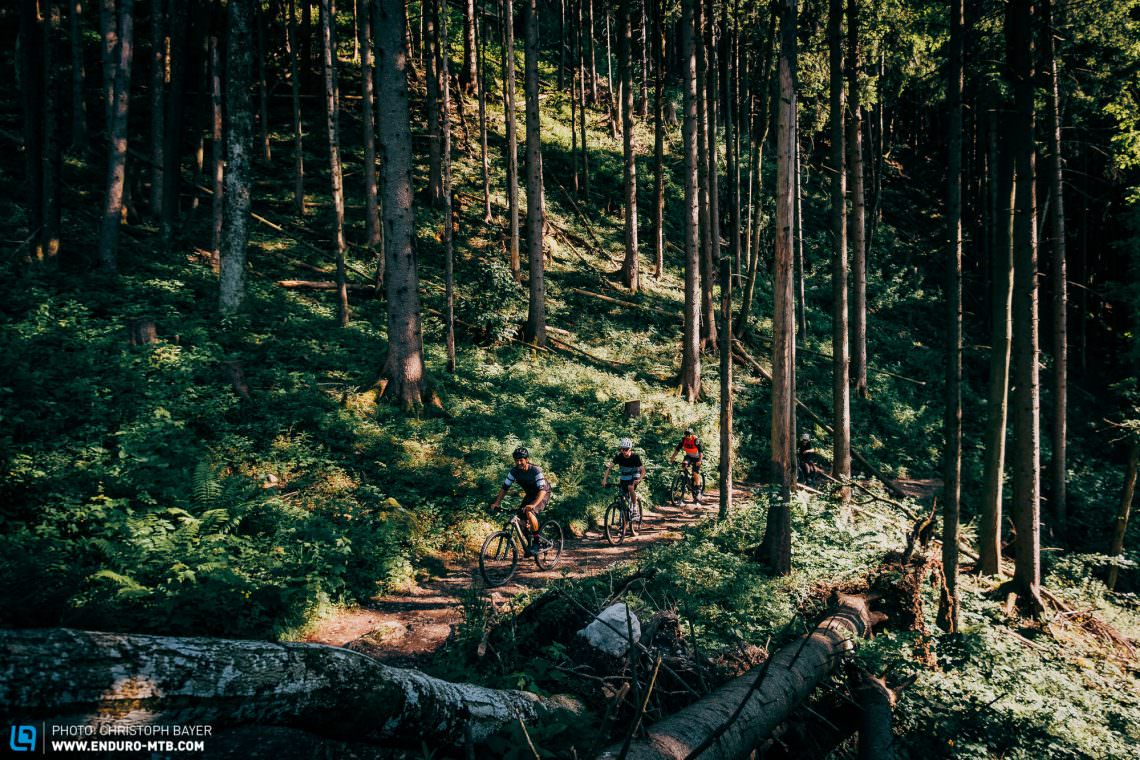
29″ wheels are here to stay with trail bikes
If you’re looking for a bike that climbs as efficiently as possible while instilling you with confidence on the descents and providing you with a comfortable riding position, there’s no way around 29″ wheels. They’re ideal for trail bikes. A 29er will never be quite as agile as a 27.5″ bike, but the bikes in this group test are very agile and playful anyway compared to heavy enduro bikes. The larger wheels also compensate, to a degree, for the shorter travel by offering better rollover characteristics. All riders taller than 170 cm and looking for an all-round bike are best advised going with a 29er.
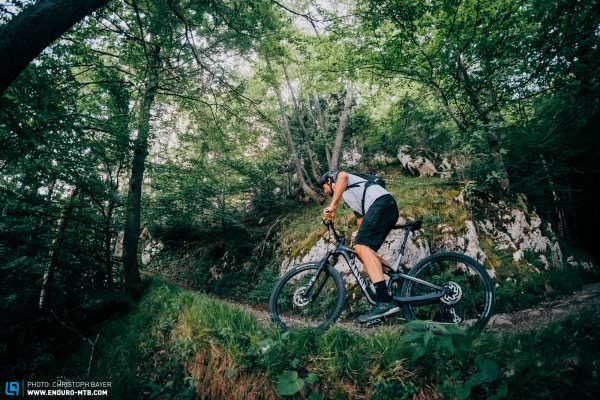

Every cent counts
One thing is for sure: never before will you have got this much performance at such a fair price. Most bikes in this group test can easily keep up with much more expensive bikes in terms of handling. This is thanks to major improvements in geometry and rear suspension on the one hand, and advancements in componentry on the other. We would always prefer the latest Shimano SLX 12-speed drivetrain over the older XT 11-speed or similar. What this group test also shows is that these bikes represent the lower price limit when it comes to trail performance. As soon as you go under € 2,500, you’ll have to accept compromises in the spec that limit trail performance regardless of brand. Anyone who can afford to invest a few hundred euros more will get a real performance benefit in this segment. However, expensive is not necessarily better! The individual reviews of the bikes go into detail about where there is tuning potential and whether it is worthwhile to choose a more expensive or even a more affordable model.
Choose the tires according to your riding style
You’ll be hard pushed to find a single component that has such a big impact on a bike’s performance as the tires. The test field included everything from shallow-profiled, light but also puncture-prone models, such as the MAXXIS Rekon Race on the rear wheel of the FOCUS JAM, to tires that perform well in demanding terrain, such as the MAXXIS Minion DHII/Forekaster combo on the MERIDA ONE-TWENTY. The best tire for you depends very much on your preferences and the type of riding you intend on doing. Fast-rolling, less aggressive tires aren’t necessarily bad, especially considering that these bikes are meant to be efficient, but they have to fit the context they’re ridden in. We go into more depth about this in the individual reviews. Alternatively, if you’re looking for new tires, you should definitely take a closer look at our mountain bike tire buyer’s guide.
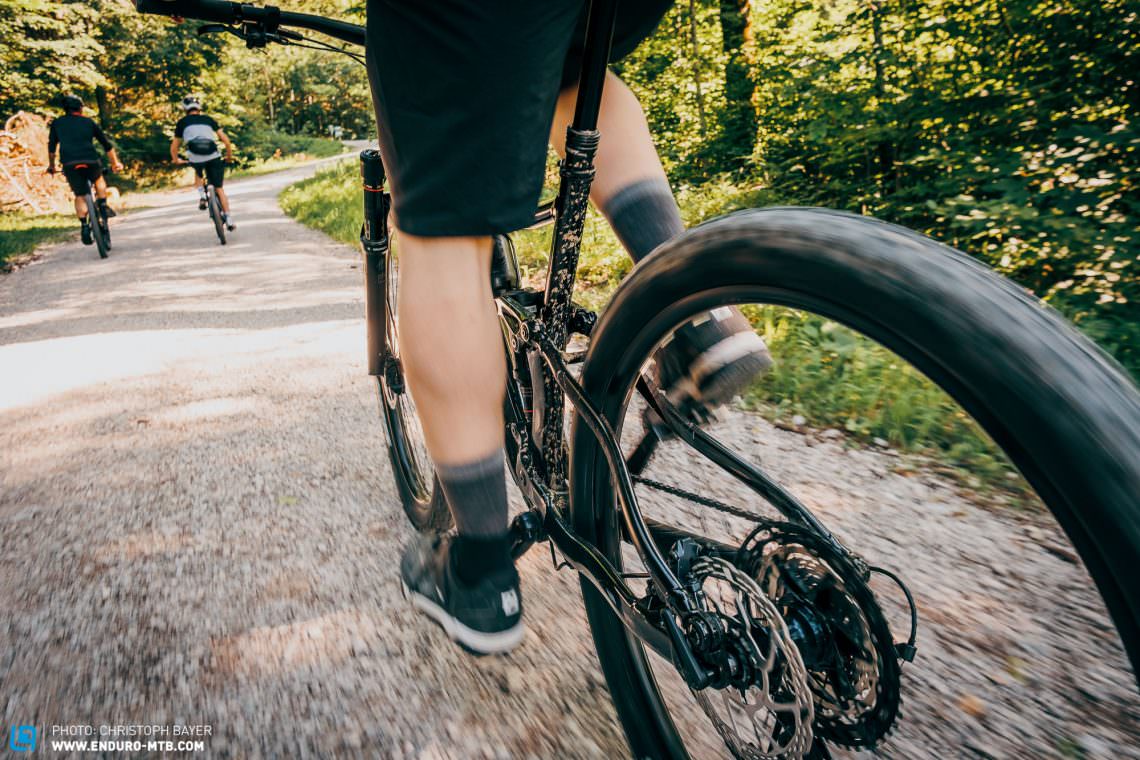
Don’t be blinded by the rear derailleur!
Many customers still chose their bikes based on the derailleur it comes with. This is a mistake for two reasons. Firstly, a high-quality drivetrain doesn’t say anything about handling, comfort and riding fun. A bike with the best drivetrain can still climb really badly. Secondly, an expensive rear derailleur will often be paired with a low-end cassette, chain and a budget shifter. A negative example here is the Canyon Neuron. While the SRAM GX rear derailleur is good quality, Canyon rely on a simple NX cassette mounted to a Shimano hub. The problem with this is that if you want to upgrade the cassette, you’ll also need a new rear wheel since the hub isn’t compatible with SRAM’s XD freewheel.
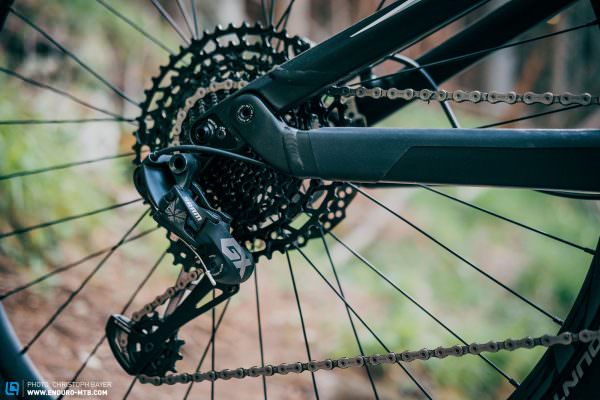

The contact points are crucial
Everyone knows how important it is to have a comfortable saddle. However, it’s less well known that the grips, handlebar and stem can also have a significant impact on the handling and the amount of fun you have. These parts don’t have to be expensive and the decisive factor isn’t usually the material used but, above all, the shape. This applies to the saddle as well as the handlebar. Our highlights of the group test are the Specialized Stumpjumper ST and Trek Fuel EX 8, which do everything right in this regard. With the competition, you’ll often encounter very uncomfortable saddles as well as handlebars that are too narrow and low.
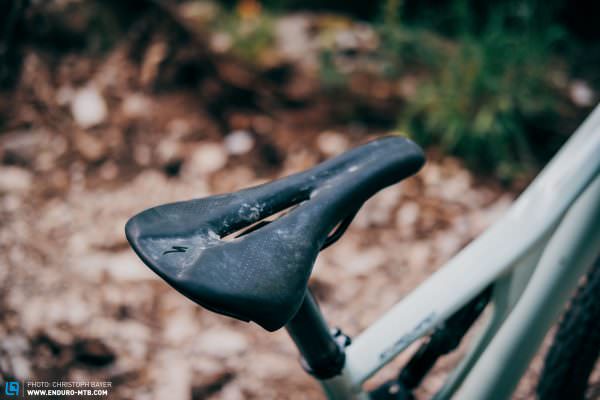

The suspension and geometry are more important than the weight
Nothing has etched itself more deeply into the minds of riders than the supposed truth of lighter being better. But this test proves once again that the weight of a bike has little to do with its handling. Geometry and suspension are much more important than a few grams of weight savings. What good is a light bike if the rear end absorbs all of your energy when climbing? The standout climbers of this test, able to combine comfort and efficiency, are the Trek Fuel EX, the GIANT Trance 29, the YT IZZO COMP and the Canyon Neuron. The MERIDA and ROSE also climb well but their aggressive riding position won’t be to everyone’s taste. The SCOTT and FOCUS fall behind slightly and you’ll need to lock out the shock on both. Fortunately, the SCOTT Genius allows you to do so from the handlebar. The Specialized Stumpjumper comes in last here. It climbs very comfortably but also very leisurely.
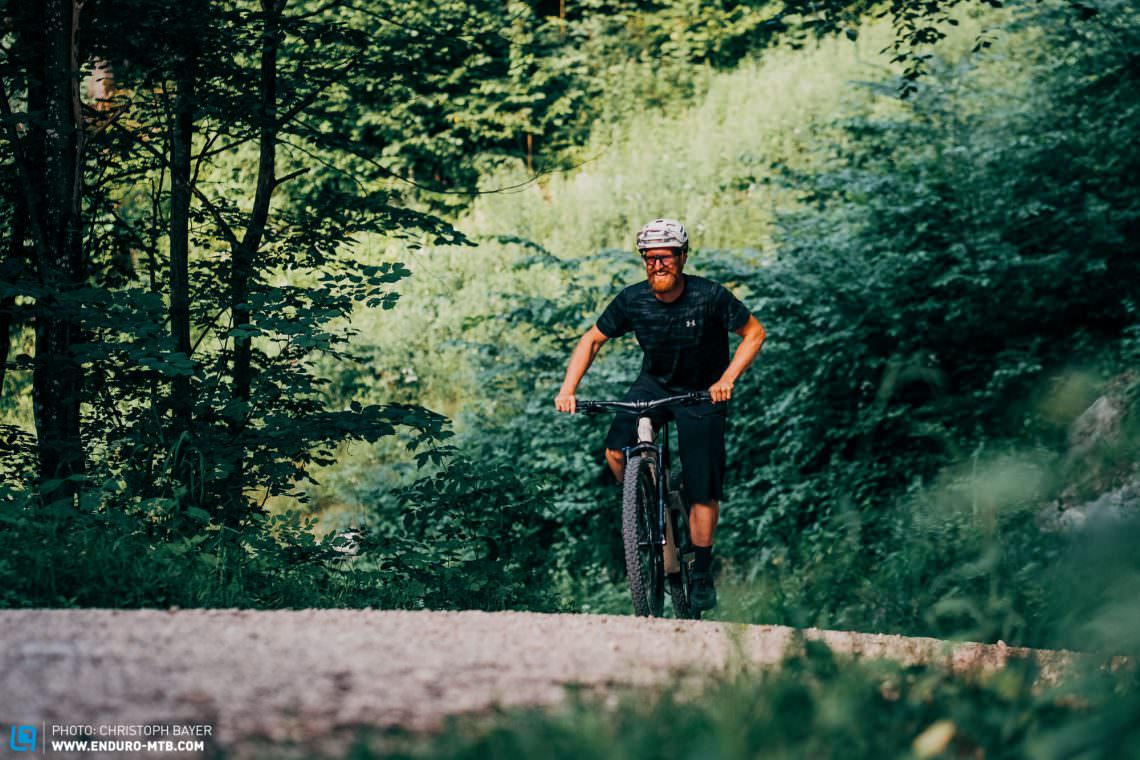
The seat tube angle will always be a compromise
If you’re used to the geometry of enduro bikes, you’ll be amazed at the seat tube angles of the trail bikes in this test. They’re much too slack on paper! But there are a few things to consider: firstly, the effective seat angle is significantly steeper due to the reduced sag compared to a bike with more travel. In addition, you’re more likely to cover longer distances on flat terrain with these bikes and an upright position would eventually become uncomfortable. Besides that, the weight of a backpack is distributed more evenly when you’re in a stretched position, putting less strain on your shoulders on long rides. In any case, the effective seat tube angle can be adjusted by approximately 2–3° by moving the saddle forwardsor backwards.

Does more travel always mean more reserves and fun?
Why should you ride a short travel bike when a longer travel bike can climb just as well? It is important to note that it is not the length of travel that matters but how the bike uses it. There’s no use having 150 mm travel if the bike blows through it immediately. Less travel often means more direct handling. On a firmer bike, you’ll be able to generate speed more easily by pumping it through rollers and you can be more active through corners. One of the highlights in this test was the MERIDA ONE-TWENTY, which offered very direct handling without lacking in reserves thanks to the perfectly tuned kinematics. Active riders will love this bike. On the other hand, the SCOTT Genius should appeal to riders who value grip and comfort. With its high-volume tires and long travel, it is confidence-inspiring and stable, albeit a little vague.

The best trail bike under € 3,200
YT IZZO COMP
Which is the best bike in this group test? Which of them are best suited for long rides? Which is the most fun on flow trails and which is the best all-rounder?
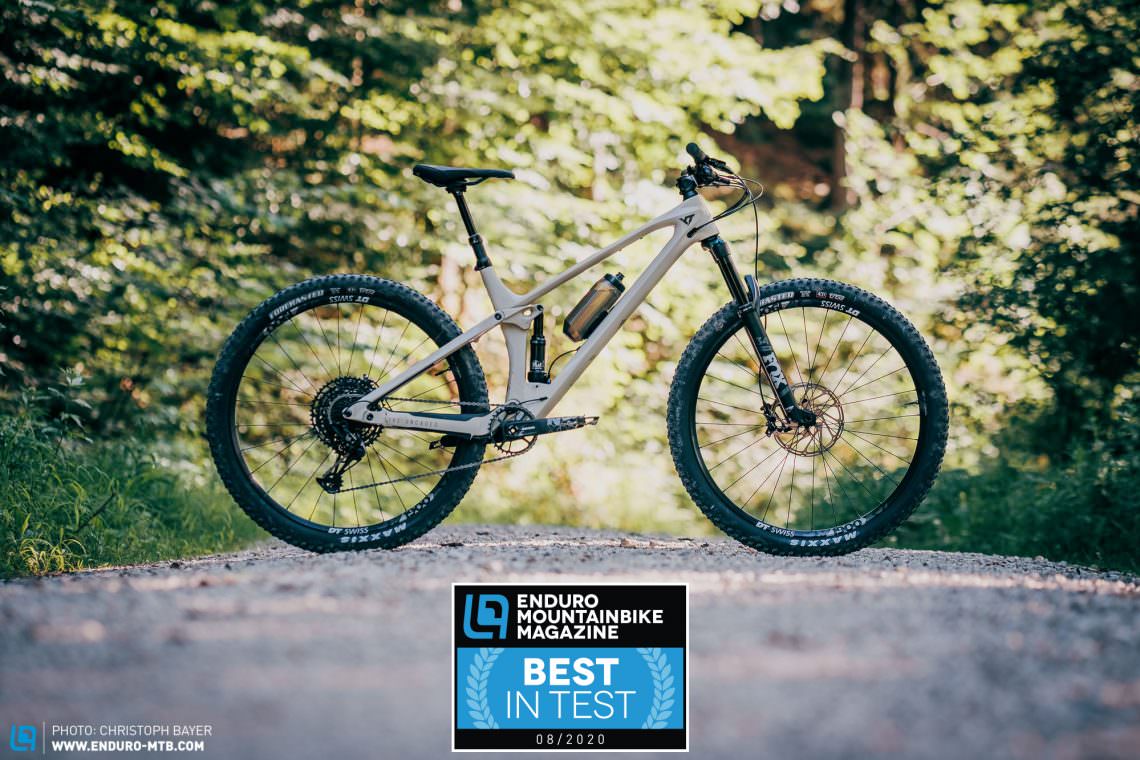
The results of this test were very clear. The YT IZZO COMP is the Best in Test of this group. It’s unbelievably fast, climbing quickly and efficiently with the shock open and turning into an absolute rocket the moment you activate the TwistLoc on the handlebar to lock it out. At the same time, the riding position is absolutely spot on, which makes those climbs all the more enjoyable. Going downhill, the IZZO is direct, fun and offers lots of reserves thanks to its progressive suspension. It provides a lot of feedback, which entices you to play with the terrain. The package is rounded off by flawless componentry and an incredibly high-quality and elegant look – our Best in Test!
Click here for our full review on YT IZZO COMP
Our best buy recommendation – Trek Fuel EX 8 XT

Our Best Buy goes to the most expensive bike on test – the € 3,199 Trek Fuel EX 8 XT. It is the most versatile bike with the widest range of uses, which plays a more important role in our Best Buy evaluation than the price. The Trek has no real weaknesses and is guaranteed to put a smile on your face for a long time to come, whichever type of trail you choose to ride. Compared to the YT IZZO, it climbs a little more leisurely and is a little less direct on the descents but it opens up a significantly wider range of terrain. While you’ll want to think twice about taking the IZZO to the bike park for a day, that’s no problem with the Fuel EX. The IZZO is the best trail bike for the type of riding this test is aimed at and therefore the Best in Test. The Trek, on the other hand, is the best all-rounder and therefore our Best Buy for all those who want one bike for everything but also value efficiency.
Click here for our full review on Trek Fuel EX 8 XT
More exciting options and the one disappointment
The best all-rounder isn’t necessarily the best bike in certain situations. If you know exactly what you want, we’ve got a few exciting alternatives for you here.
The best trail bike at the lowest price – Canyon Neuron AL 7.0
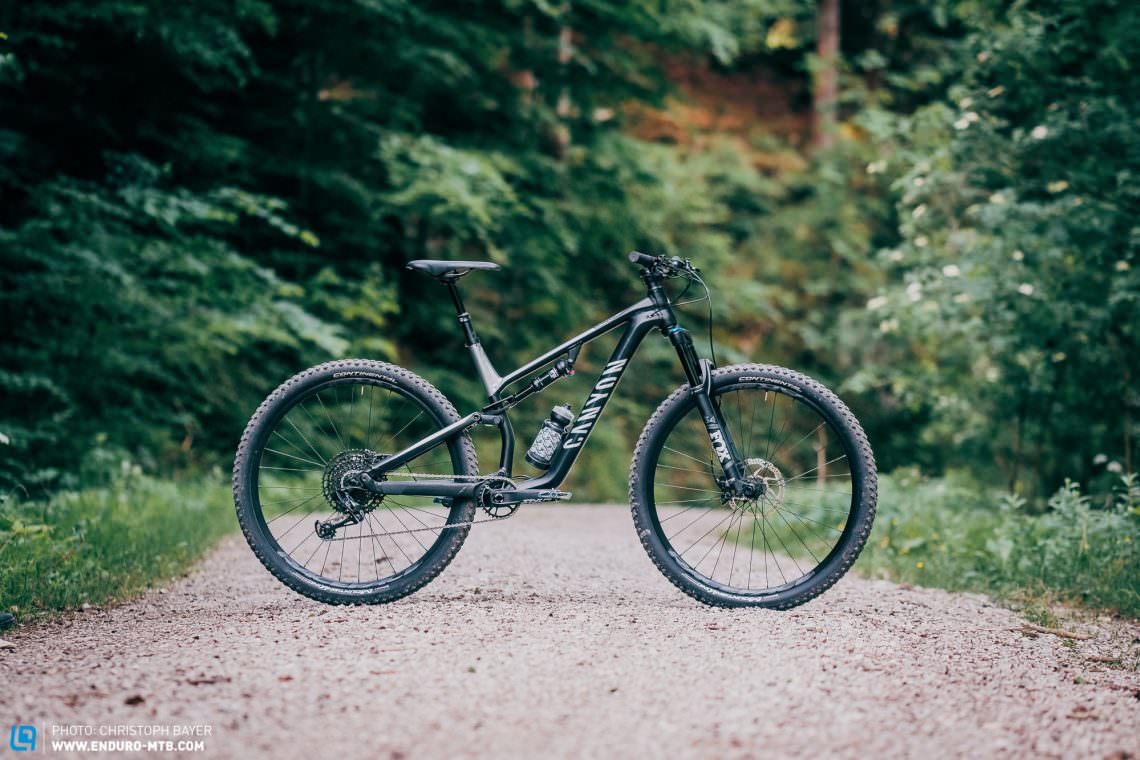
If you really have to keep an eye on your budget and can’t or don’t want to spend more than € 2,300, the Canyon Neuron AL 7.0 is your best bet. Despite its low-end spec, this bike climbs excellently and offers very balanced handling on the descents with excellently tuned rear suspension. Unfortunately, the partly incomprehensible choice in spec clouds the overall impression and keeps it from being crowned our Best Buy. But, if you’re willing to accept a few small compromises, you get a great bike at an incredibly fair price.
Click here for our full review on Canyon Neuron AL 7.0
The king of flow trails – MERIDA ONE-TWENTY
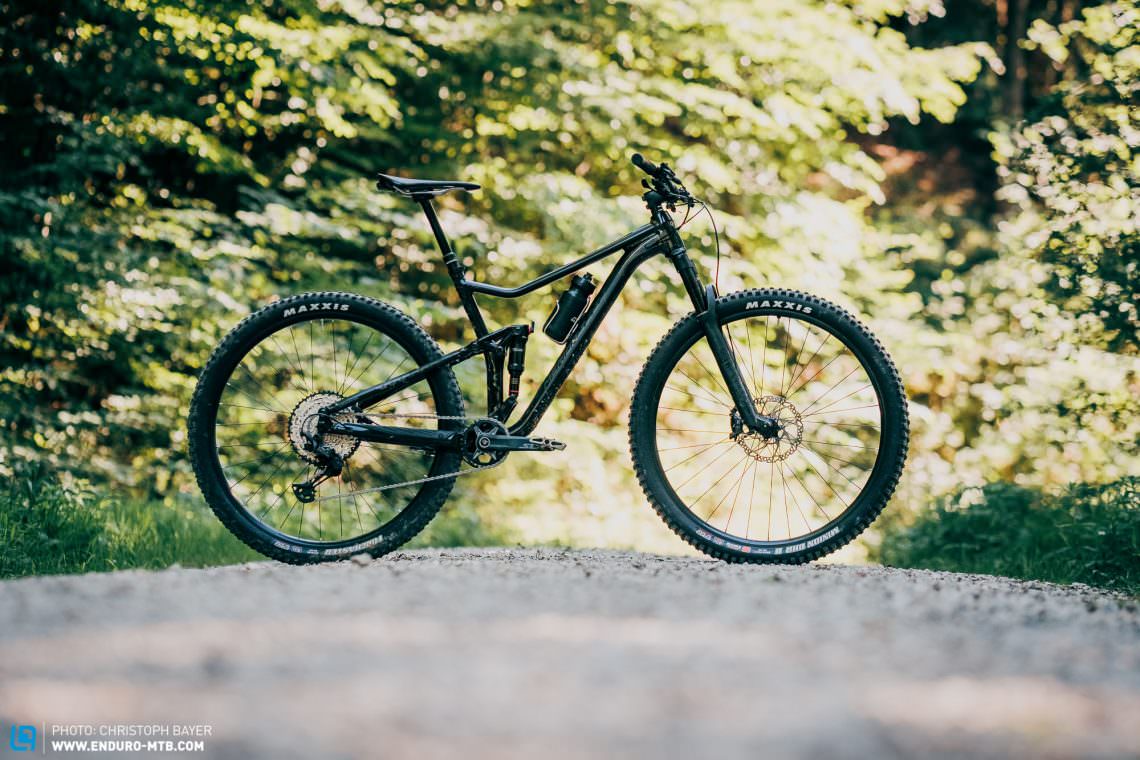
Looking for a bike to really let rip flow trails? You like catching air and direct handling? Then take a closer look at the MERIDA ONE-TWENTY. The flagship model previously secured the test victory in our high-end trail bike group test of 6 short travel bikes. This more affordable version is equally lively in character and offers superb handling. However, with its firm suspension, it isn’t the best choice for riders who value comfort.
Click here for our full review on MERIDA ONE-TWENTY
The disappointment – Specialized Stumpjumper ST COMP
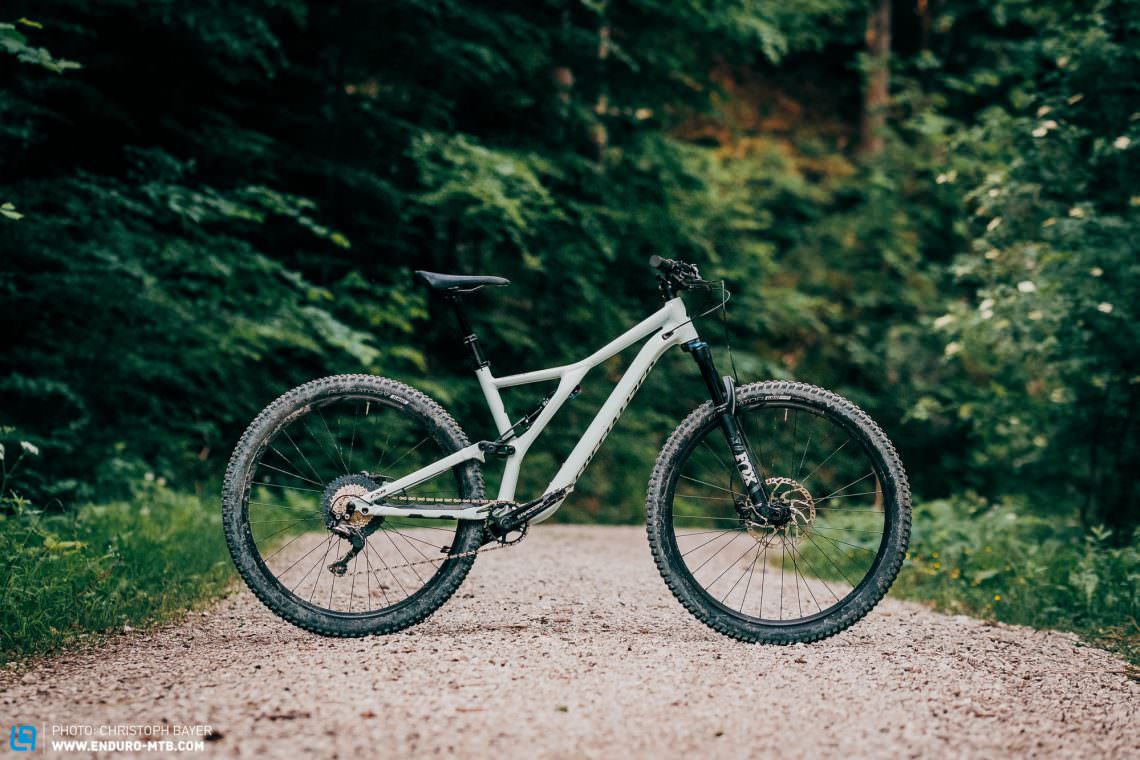
Where there is a lot of light, there are also shadows. Unfortunately, there was one bike in this group test that we cannot recommend: the Specialized Stumpjumper ST Comp. Despite being the second most expensive bike on test, priced at € 3,099, the componentry it comes specced with is on the low end with a small-range 1×11 drivetrain. At 14.68 kg, it’s the heaviest bike too and, in combination with the suspension bob when pedalling, it’s slow on the climbs. Activating the climb switch to lock out the shock is an absolute must. On the descents, the shock already starts bottoming out at slow speeds and it sags excessively. The Stumpy is only suitable for riders who want maximum comfort and prefer taking it easy both up and downhill. On a more positive note, the contact points are very comfortable. We’re a bit disappointed since Specialized are otherwise known for their outstanding bikes.
Click here for our full review on Specialized Stumpjumper ST COMP
The competitors
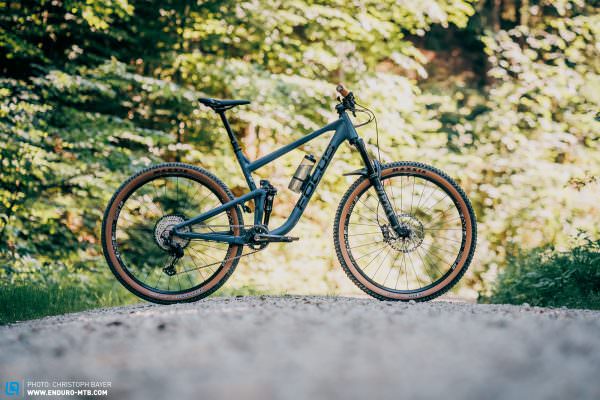
140/140 mm (f/r) | 14.40 kg in size L | € 2,699
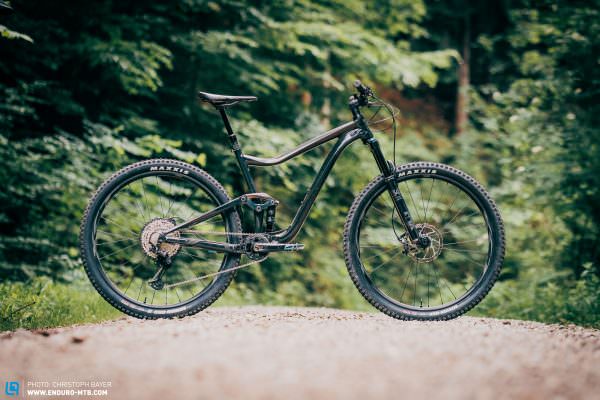
130/115 mm (f/r) | 13.72 kg in size L | € 2,999

120/120 mm (f/r) | 13.70 kg in size L | € 2,499
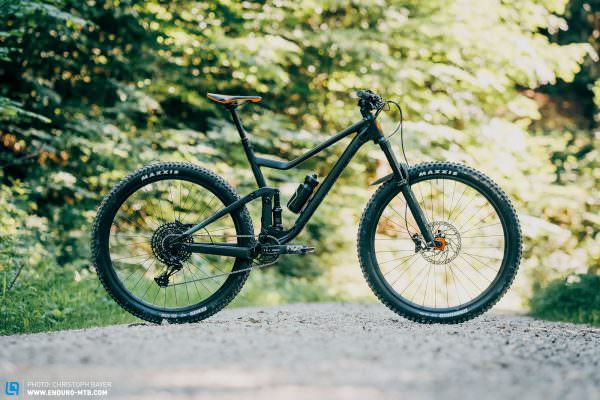
150/150 mm (f/r) | 14.60 kg in size L | € 2,999
Did you enjoy this article? If so, we would be stoked if you decide to support us with a monthly contribution. By becoming a supporter of ENDURO, you will help secure a sustainable future for high-quality mountain bike journalism. Click here to learn more.
Words: Photos: Christoph Bayer, Valentin Rühl









